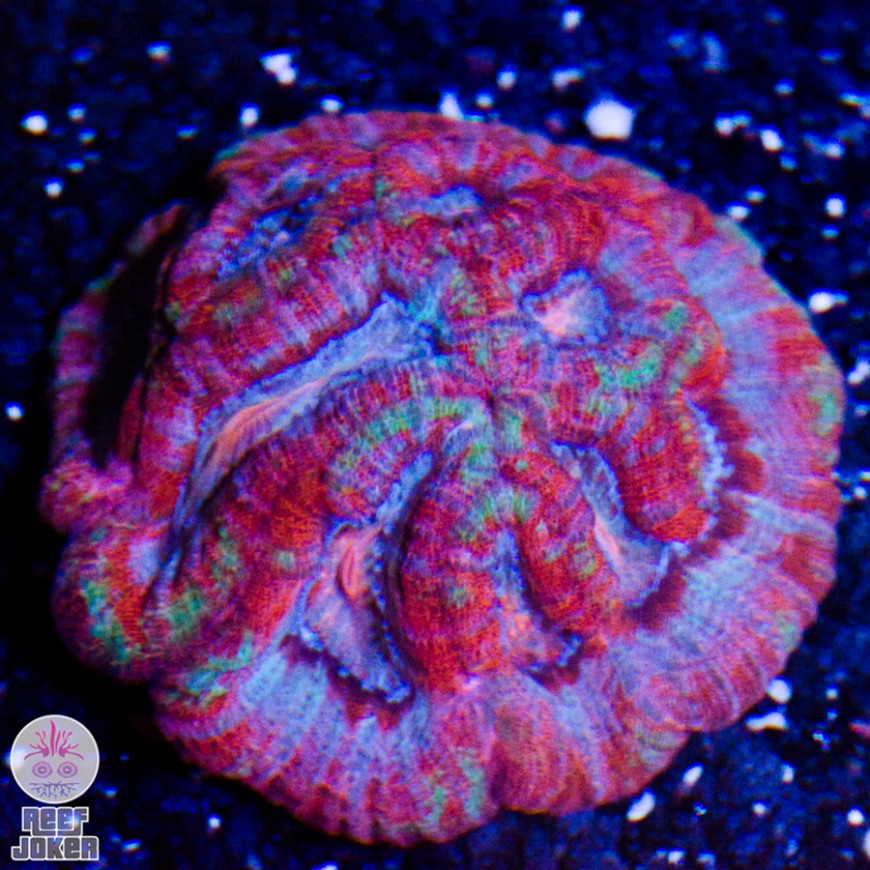Very often when we talk about Australian Corals, we have the perception that these always and only come from the Great Barrier Reef of the Coral Sea, or the coast east of Australia.
Instead all the Australian coasts are populated by different species of corals that are characterized by diversity based on the area, there are very beautiful corals from the North Coast of Darwin, and others very particular from the West Coast from the area that goes Ningaloo to Perth, among which the very rare Symphyllie Wilsoni stand out.

Finally these very rare animals are starting to appear more and more often in European shops, and we at Reef Joker also had the pleasure of having about 40 specimens in the latest import from Australia.
Symphyllia WIlsoni has recently been reclassified as Australophyllia Willsoni, The new name and the taxonomic change are part of an ongoing effort to update the taxonomy of LPS corals, which until now was based on J.Veron, from 1985.

Colonies are massive or flattened. The valleys are irregular in length and shape. All skeletal structures are small for a Symphyllia, with septa generally like those of Acanthastrea. The polyps are fleshy, with a furrow along the tops of the valley walls.
Compared to other Symphyllia, Symphyllia Wilsoni is much brighter as colors, they have a wide range of mottles, green, gray, purple and brown. The walls have contrasting colors.

They can be found in Habitat from rocky coasts to algae prairies, as mentioned they come exclusively from the west coast of Australia, which is hit by a halo of sand in the Indian Ocean territory.

It is one of the few "tropical" hard corals commonly found growing in kelp forests, so clearly there is something different about this coral.
The Wilsoni are classified into two varieties, tropical and temperate, based on their fishing area, basically the difference between the two and the fishing area and the temperature at which they live.
Temperate variants in nature can be found at 33 degrees south latitude, at a depth of 2 to 35 meters, temperature 15-26 ° C, they live in sea grasslands up to coral reefs.
Tropical variants in nature can be found at 21 degrees south mainly from the Ningaloo reef and north from there. They live at depths of 2 to 30 meters from coral reefs to muddy sponge gardens, from blue reefs to rocky cliffs. The temperature range in this northern region is 18-34 ° C.

Personally in the Ns. tanks in the shop we have had excellent results by setting the temperature of the tanks to 23.5 ° C, and setting a light around 18000 ° k (Radion G4 PRO), feeding once a week with specific products (Polyplab Reefroids and Vitalis Lps Coral pellets), we immediately noticed a strong ejection of the polyps, and a color that gradually became more intense and charged over time.
Conclusions, given the rarity they are still little known corals and appreciated by the general public, once set in the aquarium they do not have major problems of management and development.

